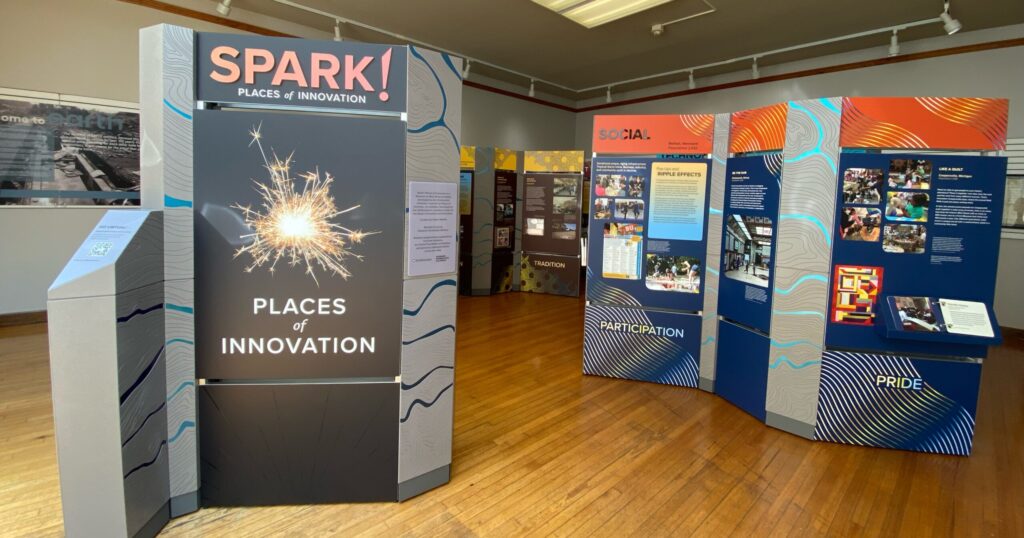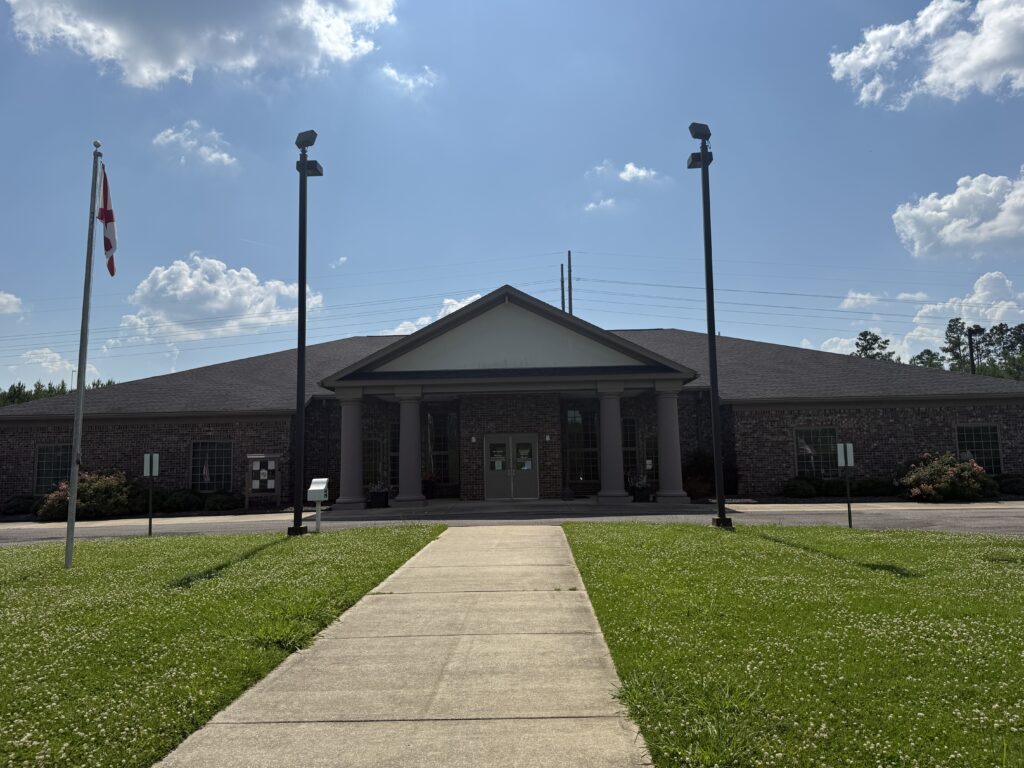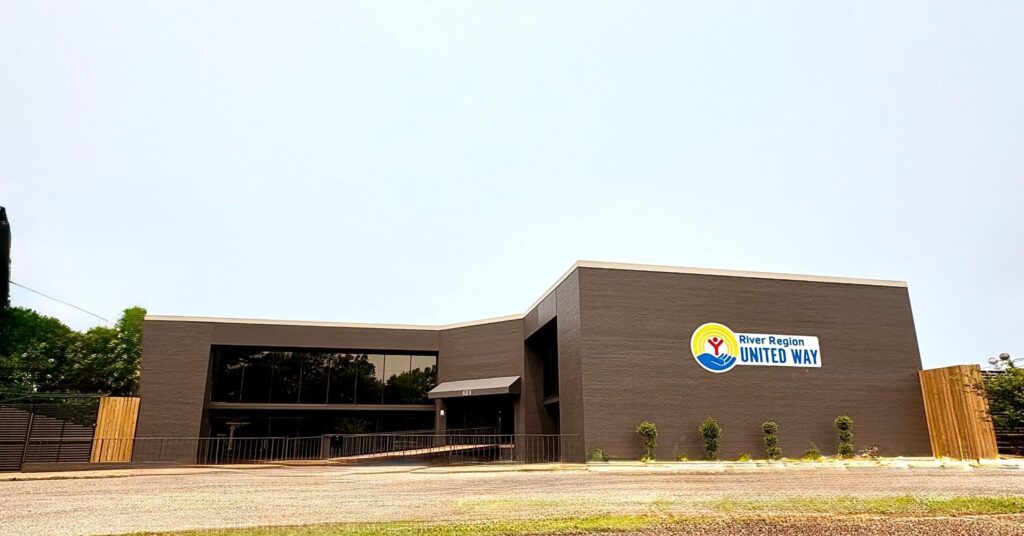Reviewed by: Nathan Watson
New maritime archaeology program created by Alabama Historical Commission
Reading time: 3 minutes

May 22 is officially National Maritime Day in the United States. To celebrate, the Alabama Historical Commission (AHC) has announced a brand new program focused on the state’s waterways.
A new maritime archaeology program will be dedicated to exploring and preserving the state’s shorelines and water.
Keep reading to find out more about the new program + what kind of findings you can expect to see around the state.
What is Maritime Archaeology?

Maritime archaeology is defined by the National Oceanic and Atmospheric Administration (NOAA) as “the study of past human cultures with an emphasis on how humans interacted with the world’s oceans, lakes and river systems.”
While it is best known for its focus on shipwrecks, researchers study everything connected to seafaring. It is concerned with all aspects of maritime culture including technological, social, economic, political, and religious topics.
The AHC said the new program will bring Alabama in line with other states’ historic preservation offices along the coast. The commission believes this was needed because of Alabama’s:
- 60 miles of shoreline
- 600 miles of tidal bay shoreline
- 3500 miles of lake shoreline
- 132,000+ miles of rivers and streams
The new program will help find and inventory many of these waters for submerged archaeological sites and shipwrecks that have never been discovered before.
“Federal and state legislation tasks us with the responsibility of protecting, preserving, and educating the public about archaeological sites and shipwrecks in Alabama waters. The development of this program will help bring light to hidden history that has yet to be discovered.”
~ AHC Executive Director Lisa D. Jones
Maritime Heritage Program

The AHC already has something called the Maritime Heritage Program works to protect archaeological sites in Alabama waters and to advance awareness and understanding of the role of maritime affairs in the history of Alabama. Its main goals include:
- Maintaining inventories of historic maritime properties in Alabama waters
- Providing preservation assistance through consultation
- Educating the public about maritime heritage
- Co-issuing and monitoring permits for maritime archaeological investigations in Alabama waters
Among the most recent projects, in May 2019, experts and archaeological evidence determined the identity of the Clotilda, the last-known slave ship to enter the United States.
The new archaeology program will serve as an extension of the heritage program, concentrating on the archaeological resources in Alabama’s water.
Make sure to sign up for our newsletter, we’ll bring you more buzz like this right to your inbox!


![Tuscaloosa advances plans for Linton Barbershop Plaza [PHOTOS] Tuscaloosa advances plans for Linton Barbershop Plaza [PHOTOS]](https://thebamabuzz.com/wp-content/uploads/2025/06/Lintons-Barbershop-Renderings-2-1024x576.jpg)




